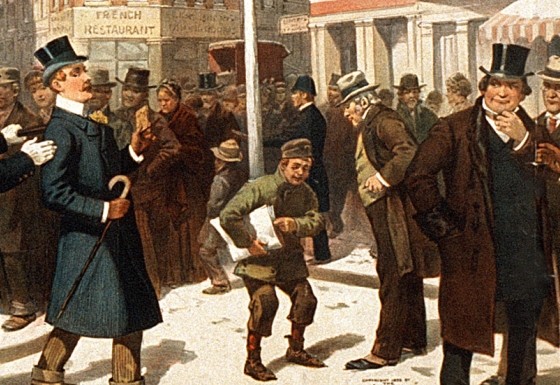Early American Newspapers: Series 8, 1844-1922
A Nation in Transition
The Rise of the Metropolitan Daily
Summary
Learn what makes this product unique
- Early American Newspapers, Series 8 features important, long-running titles with extraordinary depth of coverage
- 19th-century titles offer wide-ranging coverage of the Antebellum Period
- Expands the political, geographical and chronological depth of Early American Newspapers
Give It a Try
Take a step toward access for your library
The Early American Newspapers series is available within America’s Historical Newspapers.
“…highly recommended…”
“Early American Newspapers is a real research gem for historians, all levels of college students…
—
Choice (July 2014)
Areas of Study
This product supports the following subjects
American Studies
British & European Studies
Business History
Childhood Studies
Environmental Studies
Ethnic Studies
Immigration Studies
Literature & Theater
Native American Studies
Politics
Religion & Theology
STEM History
US History
War & Conflict
Women's Studies
Tell your Library























